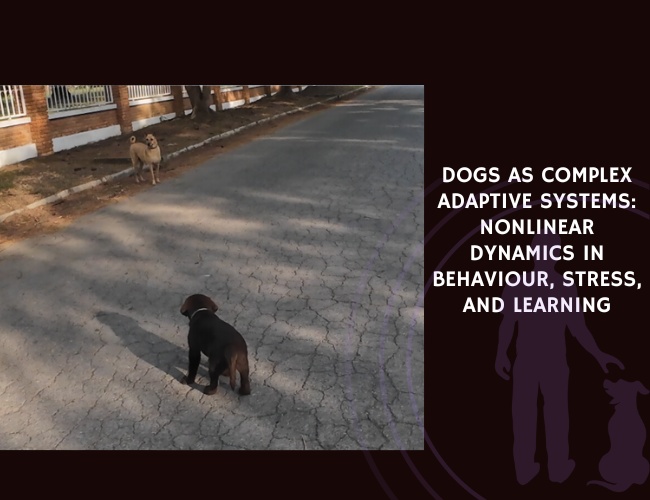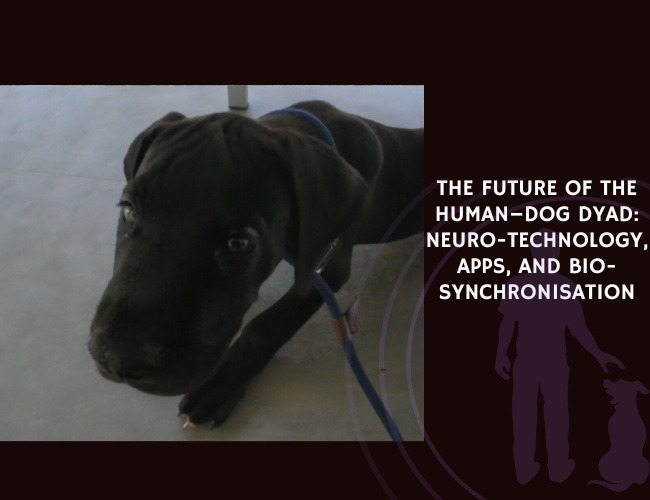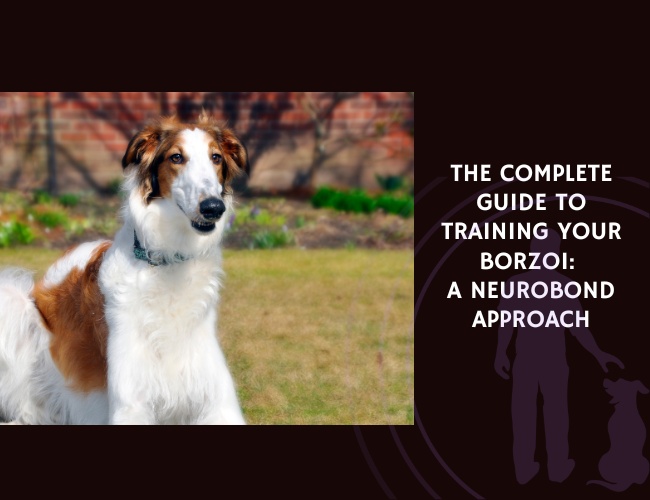Hasegawa, Ohtani, and Ohta (2014) examined whether dogs’ body language could predict their learning performance during training. The researchers studied 46 untrained dogs of different breeds using operant conditioning sessions followed by standardized learning tests.
Methodology: Each session involved 5 minutes of treat-based training, a 3-minute rest, and then a test of 20 “hand motion” cues. The study measured the duration of specific body language cues, including eye, mouth, ear, and tail positions, during training.
Key Findings:
- Dogs showing wide eyes, a closed mouth, erect ears, and a forward and high tail carriage achieved the highest success rates in learning tests.
- Short, quick tail wagging was also associated with better learning outcomes, whereas excessive wagging or neutral postures correlated with lower success.
- The study confirmed that facial and body cues are reliable indicators of a dog’s emotional state and readiness to learn.
The results demonstrate that observing canine body language during training can help owners and trainers gauge learning progress and emotional state, ultimately improving training efficiency and reducing misunderstandings between humans and dogs.
Source: Hasegawa, M., Ohtani, N., & Ohta, M. (2014). Dogs’ Body Language Relevant to Learning Achievement. Animals, 4, 45–58. Authors: Masashi Hasegawa, Noriko Ohtani, Mitsuaki Ohta. Journal: Animals. https://doi.org/10.3390/ani4010045









